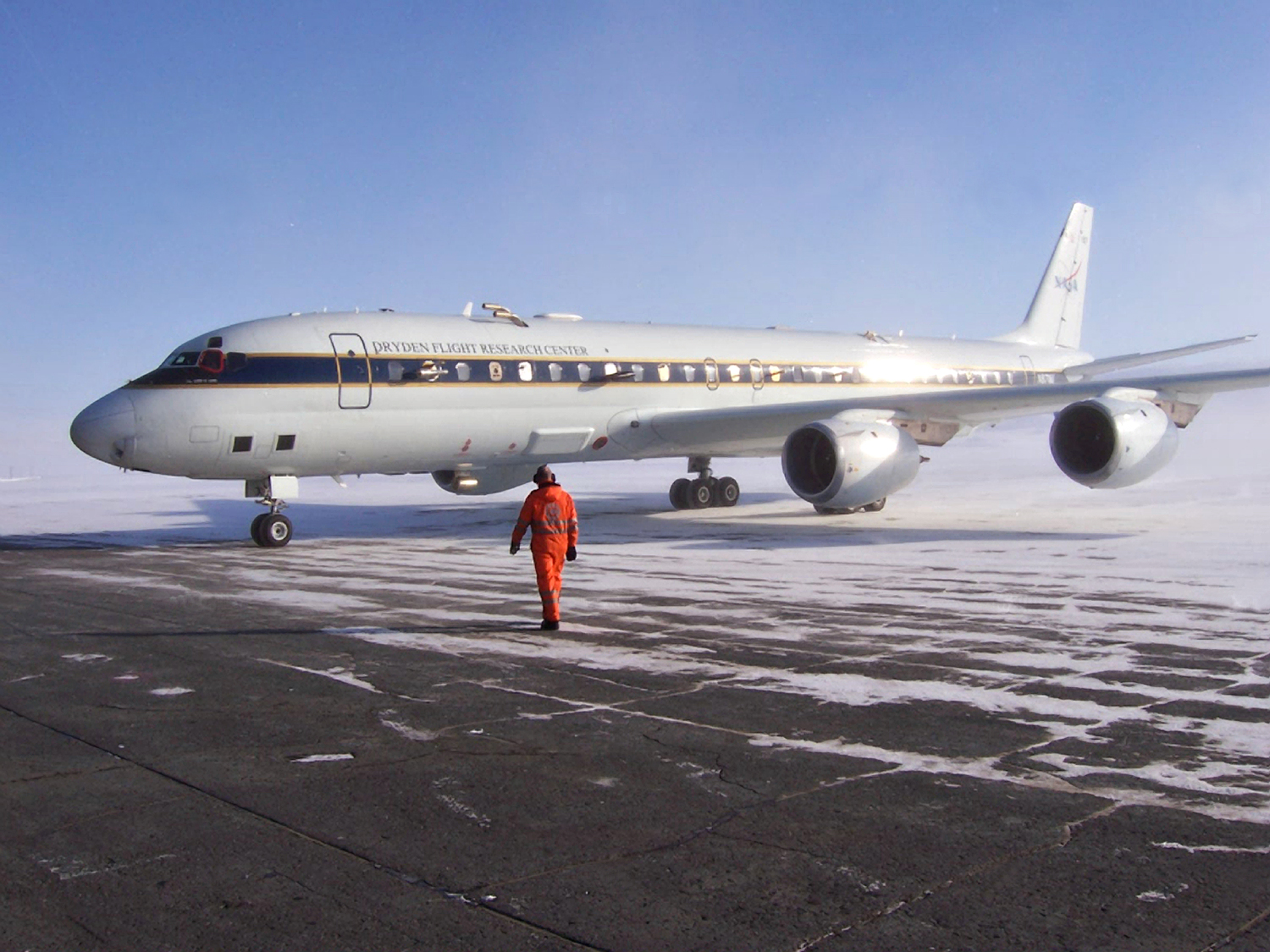The Level 1 curriculum of NASA’s new Safety and Mission Assurance Technical Excellence Program (STEP) culminates in dramatic studies of times when efforts to ensure crew safety and flight success fell short. Among them are the Apollo 1 capsule fire, the oxygen tank explosion that crippled Apollo 13, and the Challenger and Columbia disasters. The online studies guide participants in the program through the circumstances and technical sources of the failures toward an analysis of root causes that typically reveals a dangerous convergence of technical, managerial, and cultural weaknesses.
In the Apollo 1 case, for instance, the danger posed by a capsule atmosphere of 100 percent oxygen went unrecognized in part because a string of successful Mercury and Gemini flights using a pure oxygen atmosphere had created complacency. Combined with deficiencies in quality control, safety and test procedures, and communication, that failure to recognize a serious risk cost the lives of three astronauts.
After studying a case, participants take an exam on the System for Administration, Training, and Educational Resources for NASA (SATERN) Web site to show they have mastered the material. The cases come at the end of approximately twenty-five hours of online coursework on subjects including systems engineering, operational safety, software assurance, and quality engineering. Those who successfully complete the entire Level 1 curriculum will receive a certificate signed by Bryan O’Connor, NASA’s Chief of Safety and Mission Assurance (SMA), and their center SMA director.
Why STEP?
According to O’Connor, STEP is a response to an assessment by professionals in the field that NASA’s approach to career advancement and competency-oriented training for safety and mission assurance personnel was “haphazard.” O’Connor has noted that reviews after the Challengeraccident mentioned “the silent safety program” and adds that it was silent because at that time safety people didn’t know what to say. The quality of NASA’s safety program has improved since then, but the need for consistent and comprehensive professional development remains.
The STEP program, which is being run by the NASA Safety Center in Cleveland under the auspices of the Technical Excellence Office, is designed to develop SMA professionals who can be full, credible participants in NASA programs and projects because they have mastered the tools and practices of their discipline and earned the respect of their engineering and management colleagues. By asking the necessary tough questions early in the design process—questions like, “What if it doesn’t work that way?” or “What if it fails?”—and working with the rest of the team to find constructive answers, they will help design safety into the agency’s missions from the beginning. Skilled safety and mission assurance professionals who know not only what the rules are but why the rules exist will, says O’Connor, be in a position to say “yes, if” rather than “no, because” when safety-related design issues arise. The goal of the STEP program is to help them reach that level of knowledge and ability.
John Marinaro, director of the Technical Excellence Office and leader of the STEP team, says that STEP will provide a path to that technical excellence, help create a robust safety and mission assurance community of practice, and foster improved collaboration between SMA and engineering at NASA.
Designing STEP Level 1
To develop the Level 1 program, the STEP team assessed twenty NASA and outside learning programs, did six months of benchmarking, and worked closely with NASA’s Chief Engineer and the Academy of Program/Project and Engineering Leadership, or APPEL, to design and develop course material. APPEL has worked closely with the STEP team for two years. The safety training programs at Marshall Space Flight Center and Johnson Space Center were also key contributors to the STEP concept.
APPEL Deputy Director Roger Forsgren says, “The NASA Safety Center explained that they were beginning to build a new training program for safety engineers throughout the agency. They requested design help from APPEL because they were familiar with our program and wanted to model their training program after ours. This is exactly the type of collaboration that Chief Engineer Mike Ryschkewitsch wants APPEL to pursue. I think some of our most significant help went into the STEP Handbook Web site. APPEL is proud of the usability and functionality built into that design. It will help make the training process more intuitive and, therefore, more effective.”
In the summer of 2009, 250 SMA professionals at Glenn Research Center and Johnson Space Center participated in a pilot program to test the Level 1 curriculum. The pilot led to some small changes—a few of the lessons were judged to be too long; some participants objected to the proliferation of confusing acronyms—but the general response was overwhelmingly positive. Almost half the pilot participants received credit for completing the full Level 1 curriculum, which consists of twenty-two SATERN modules.
On September 3, Level 1 was officially rolled out to the agency as a whole by way of a Webcast that was viewed by more than one thousand civil servants and contractors at NASA centers and other facilities. Immediately after the Webcast, Kennedy Space Center, Marshall Space Flight Center, Stennis Space Center, and NASA Headquarters offered Level 1 courses that were taken by more than four hundred individuals and facilitated by the SMA directors at those centers. In all, more than 1,200 people have registered for STEP in its first month and more than 250 have graduated from Level 1.
The STEP program is voluntary but strongly recommended for SMA professionals as a means to measure and continually advance the proficiency of the SMA workforce. Level 1 consists entirely of online courses that participants can fit into their individual work schedules. The STEP development team has demonstrated the capability to develop state-of-the-art training modules, but the STEP philosophy is to use as much proven existing learning material as possible, from all available sources. There are, for instance, one-hour video courses on risk management, decision analysis, and systems engineering produced by the APPEL team that introduce and sum up their longer courses on those subjects. “We reviewed the STEP competencies and matched them to our APPEL courses,” Forsgren notes. “APPEL also brought several instructors to Cleveland to tape core and domain topic overviews.” The videos are linked to accompanying slides; users can listen to the lectures straight through or click on a slide to jump to the related part of the lecture.
A Four-STEP Program
STEP will eventually entail four progressively more sophisticated and demanding levels of coursework, on-the-job training, and continuing education that could include work toward advanced degrees and membership in professional societies. The higher-level curricula will be increasingly discipline-specific. Marinaro points out that supervisors are required to create individual plans for the professional development of each employee in the agency. He believes that this process is seldom fully understood by supervisors or employees; doing it well can be labor intensive.
Marinaro believes that STEP is one of the first comprehensive, career-oriented development programs in the civil-servant sector that will provide safety leaders with a full road map for the six primary safety disciplines at NASA. It provides a training model that can be easily adapted to other career fields. This should provide an instant resource to improve the individual development plan process and solve a major technical competency-development challenge for safety. The aim will be to match the learning process to participants’ professional aims and the particular demands of their jobs. SMA professionals who have taken other safety-related courses or who have many years of experience in the field will be able to get credit through an equivalency process and, with the aid of their supervisors, focus on STEP program aspects that meet their individual needs.
The full four-level STEP program will blend and balance the convenience of self-directed online learning with the more time- and resource-intensive instructor-led courses, on-the-job training, and enrichment experiences that contribute to the rich and subtle knowledge that the work requires.
STEP’s multiyear approach to continuing education is a major commitment. Completing the entire program will require approximately 550 hours of academic work plus extensive on-the- job training. Marinaro describes STEP as a “career-oriented professional development system” that will make a crucial contribution to developing subject-matter experts in safety disciplines. The ultimate goal of the program is to produce a corps of outstanding safety and mission assurance professionals who will make an important and lasting contribution to the success and safety of future NASA missions. It is a resource that will also be available to civil servants and contractors outside the NASA safety community and in other agencies. It will ultimately provide a repository and set of references to more than 3,000 hours of safety and engineering competency-oriented training.
John Marinaro and Diane Chapman contributed to this article.







